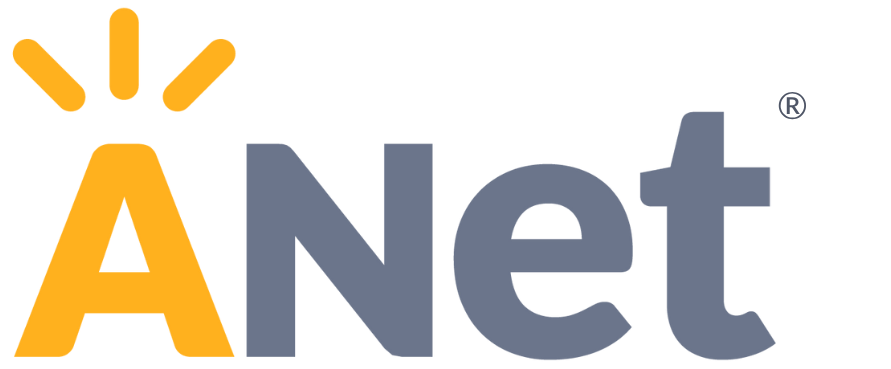You walk into the classroom and witness a quiet and palpable excitement as students “get it.” There’s an eager small group of students in the corner leaning forward toward their teacher as they devour text on a page. Trios of students gather on the floor, around desks, on stools, and in comfy chairs, whispering excitedly about a learning activity as if they hold a precious secret. Scattered among the groups and trios are students independently focused on writing, reading, or listening to something on a device. Gazing around the space you can tell everyone is learning; their student data and work from the classroom shared in the most recent PLCs shows growth. Even if it looks different for every student, everyone in the classroom is engaging in their education.
How do we create that environment for all of our students? And how can we ensure students with disabilities and students with learning and thinking differences feel enabled to learn? Our work at ANet is to help educators empower and uplift their students. Together, we can shift mindsets from a deficit view to an assets-based view, and develop the skills and knowledge necessary to maintain high expectations for all students, including those with learning and thinking differences. Explore these four resources to build your understanding and capacity to support this population of students. Access more resources with your coach!
Through Your Child’s Eyes - Understood
Watch a compilation of videos featuring children with various learning and thinking differences. Each short video describes the student’s experience and provides insights from experts. The informational page can be sorted depending on your role.
Suggested action: After watching, discuss with colleagues the positive and negative impact that classmates, teachers, and leaders can have on students’ social, emotional, and academic outcomes.Exploring Identity Markers - Elena Aguilar
Every individual experiences their environment differently based on their intersectional identity markers. This activity can help you understand your sociopolitical identities and the ways in which they influence your life.
Suggested Action: Use this activity in one-on-one coaching, or in a PLC, to foster reflection on how our own identity markers influence how you engage with the world, and what you do and don’t know about our students’ identity markers and their experience in the world.The UDL Guidelines - CAST
The UDL Guidelines outline key principles of the Universal Design for Learning and sets checkpoints for how you can introduce the why, how, and what of learning.
Suggested Action: Spend time in a PLC discussing how each of the three neural networks (affective, recognition, and strategic) can guide a deeper understanding of the current barriers that exist for students in their learning environment. Explore multiple means of engagement, representation, action, and expression that will allow ALL students to achieve success.Lessons for All - TIES
This resource helps you conceptualize a lesson with various time constraints. The webpage guides you through how to plan a 5, 15, and 45 minute lesson.
Suggested Action: Teachers, use these templates to prioritize what’s most important for the success of students with IEPs. Listen to the audio examples with colleagues and reflect on how similar or different your current planning routines are. Leaders and instructional coaches should think about how their structures and priorities do or don’t support these types of conversations.
We offer abundant, easy-to-use tools and resources that help you dig into the data and engage it to drive instructional change. From smartly designed templates and protocols to explanatory videos, to research in specialized areas of equitable instruction, everything we offer equips you to sustain implementation. To dig deeper into these resources, reach out to your ANet coach.
